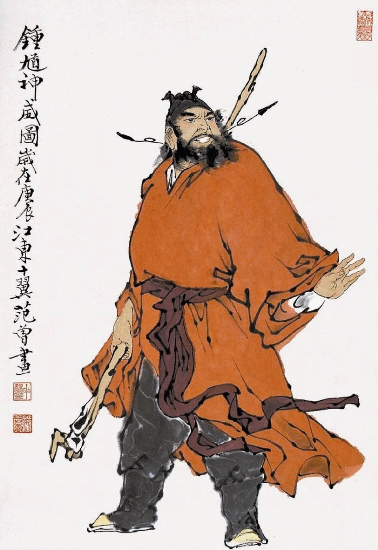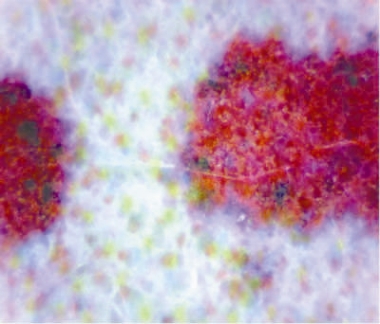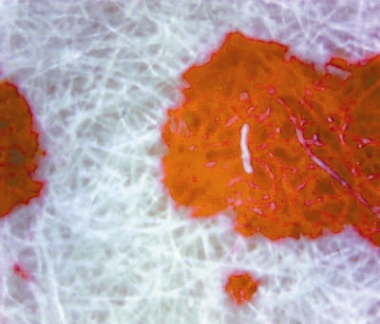


HAO JINGLEI, a veteran collector of paintings and calligraphy, is continually haunted by anger and regret over three counterfeit works he bought for 200,000 yuan.
Hao bought the three works, all seemingly by masters, in May last year at an auction organized by China Guardian Auctions Company, a major auction house on the Chinese mainland.
However, when Hao examined the works in natural light, he noticed something was wrong.
He took the works to three prominent art connoisseurs, who confirmed he had bought prints of the three masterpieces, not the originals.
Hao is not alone because modern printing technology has advanced to a stage where lay people are unable to tell a print from genuine artworks.
Only professional painters can distinguish a forgery from an authentic work by examining the color and paper texture, said Du Dakai, an art professor at Qinghua University.
“Someone once showed me a painting he bought for 5 million yuan, but I found it was an inkjet print,” Du said.
Yin Yi, director of the scientific authentication and research center of painting and calligraphy, said inkjet printing technology introduced to China at the beginning of the 21st century had fueled the development of a copying industry.
“The U.S.-based Hewlet-Packard (HP) developed pigment inkjet printing equipment three years ago. This can produce prints looking almost the same as original works,” Yin said.
The new printing technology could even produce traditional Chinese paintings featuring a color gradient, he said.
“I have authenticated paintings and calligraphy at the Palace Museum in the Forbiddent City for 30 years, but it is extremely hard to tell a high-qualilty imitation from a genuine one,”said he.
Angered by the expensive fakes, Hao sued the auction house.
“Once prints of paintings and calligraphy come to prevail, it will be a destructive blow to China’s painting and calligraphy market,” Hao said.
However, when he applied for a judicial authentication of his three fake paintings, Hao was turned down by two legal authentication bodies since paintings and calligraphy were not included in the country’s judicial authentication system.
Only a conclusion by a judicial authentication body can be accepted as a proof by a court.
A vacuum in judicial authentication of paintings and calligraphy leaves buyers of fake works without access to their legal rights, even though there is an increasing number of disputes over the authenticity of art works in China’s robust art market.
Because of the lack of a judicial authenticating mechanism, disputes always end with the plaintiff losing a lawsuit because auction house contracts give no assurance of the authenticity of a particular work being auctioned.
“Although the number of disputes over artworks is on the rise, my law firm takes only about five cases a year because the odds of winning a lawsuit are far too low,” said a lawyer, Liang Qifeng.
In these circumstances, people should enhance their sense of protection, Liang said.
He suggested buyers consult a lawyer in the transaction of artworks to avoid potential risks.
To identify a fake painting or calligraphy, experts suggest using a microscope to examine the works. Look for a series of consistent dots in the colors yellow, blue, and magenta. These are common inks used in printing. It is easier to see the dots under light and in a place where multiple color transitions can be seen in the painting. The dots identify it as a print and not a painting. (Li Hao)
|

